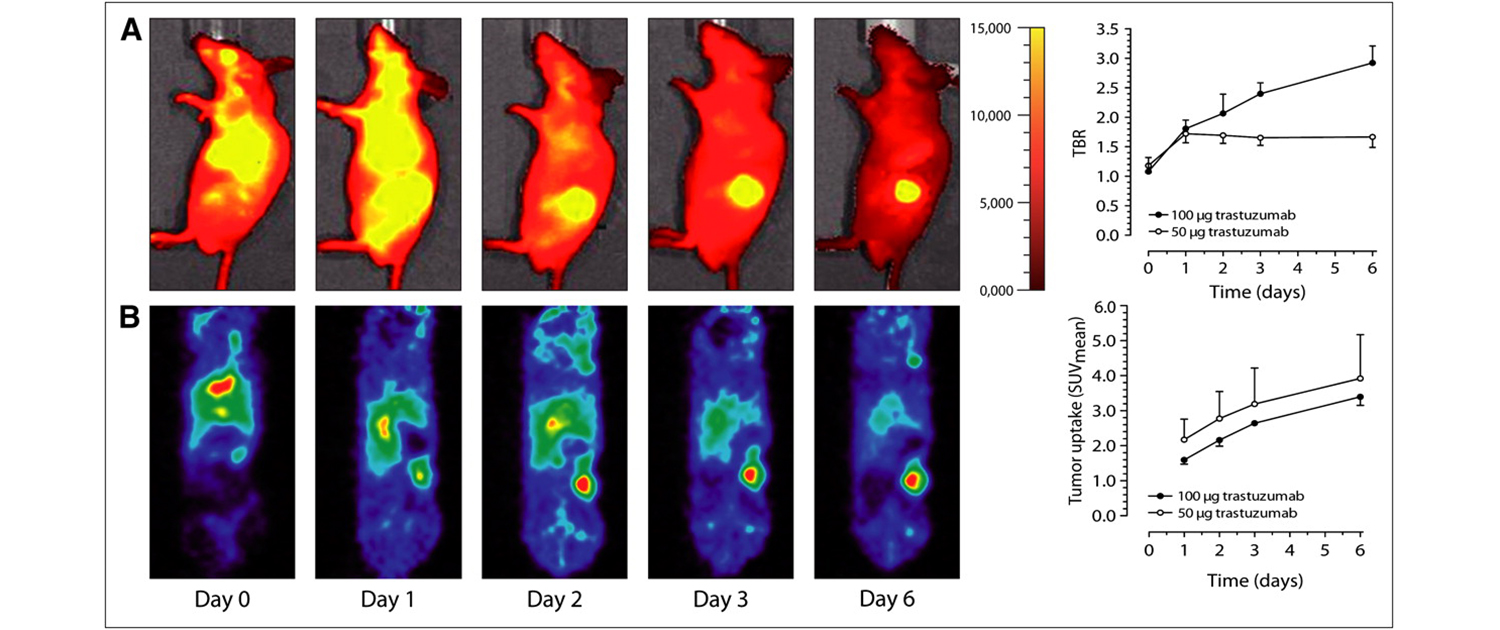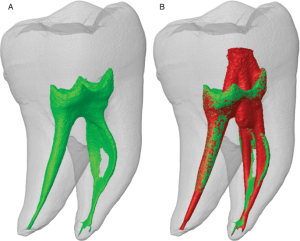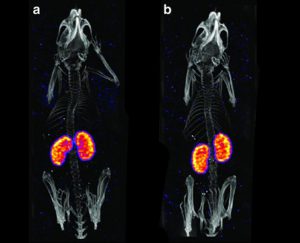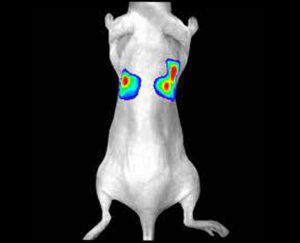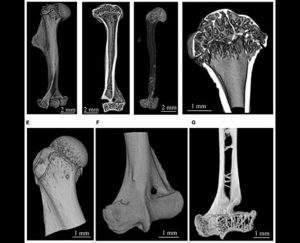Image analysis is a critical component of clinical and preclinical imaging research, providing a means of quantifying and interpreting the data generated by imaging modalities such as PET, SPECT, and CT. In clinical imaging, image analysis is used to aid in diagnosis and treatment planning. For example, in oncology, image analysis can be used to assess the response to chemotherapy and radiation therapy, providing a means of monitoring the effectiveness of treatment and making adjustments as necessary.
In cardiology, image analysis can be used to evaluate blood flow and cardiac function, enabling the diagnosis and treatment of heart disease. In preclinical imaging research, image analysis plays a crucial role in the development of new treatments and therapies. Image analysis algorithms can be used to quantify the effects of drug treatments or surgical procedures on biological processes such as blood flow and metabolic activity. By providing a means of objectively assessing treatment efficacy, image analysis helps to optimize treatment protocols and improve patient outcomes.
You can find information and description of the basics and applications of image analysis in medical and preclinical research in the following.
The same image analysis techniques can be applied to both clinical and preclinical images, allowing for a seamless transition between research modalities. Moreover, image analysis has additional applications in clinical research, beyond the evaluation of disease progression or response to therapy. For example, image analysis can be used for radiation treatment planning to optimize the radiation dose and minimize side effects.
Image analysis can also be used to evaluate the efficacy of medical devices or surgical procedures. Additionally, image analysis can be used in radiomics, which involves the high-throughput extraction of large amounts of data from medical images, allowing for the identification of imaging biomarkers that can help in patient diagnosis and prognosis. Overall, image analysis is a powerful tool in both preclinical and clinical research, with a wide range of applications beyond disease evaluation.
WHAT CAN WE DO FOR YOU?
At our company, we provide a wide range of image analysis services for both preclinical and clinical imaging research. Our team of experts has extensive experience in conducting image analysis for various modalities, including PET, SPECT, CT, and optical imaging. We offer a comprehensive set of services, such as image registration, segmentation, quantification, and statistical analysis. We understand the importance of accurate and precise image analysis in the success of research projects, and we use state-of-the-art software and techniques to deliver reliable and reproducible results.
If you are a researcher looking for image analysis services, you can register your research project with us, and our team will work with you to develop a customized plan that suits your research needs. We also offer a free consultancy virtual meeting with our specialists to discuss your research project and provide guidance about the available image analysis services that we can perform for you. Our team is committed to providing high-quality services to our clients and helping them achieve their research goals.
To register your research project with our company, please register your project through the “Contact Us” page on our website and fill out the required fields, including your name, email address, and project details.
We will review your submission and contact you as soon as possible to schedule a free virtual meeting with our imaging specialists, who can provide guidance and support for your research.



